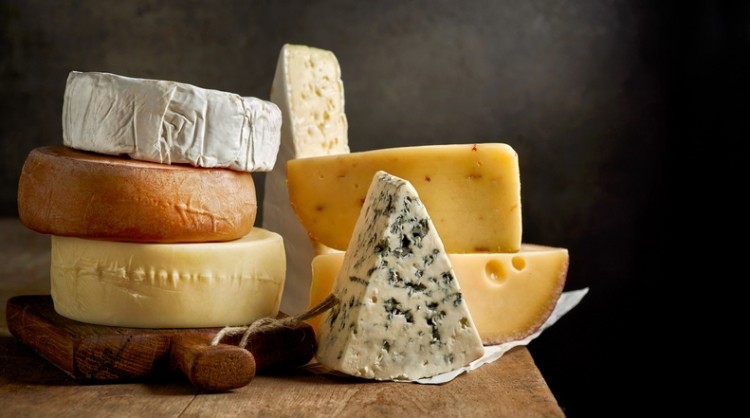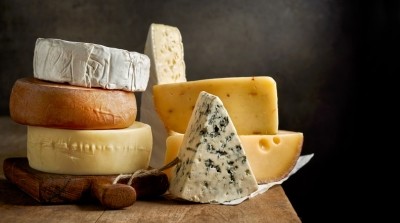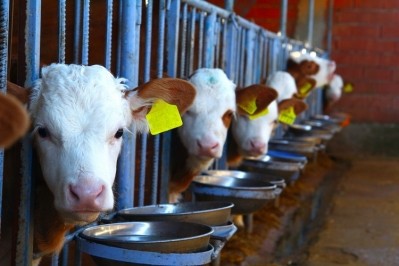Farm to Fork environmental regulation ‘stagnating’ EU milk production, says USDA

The USDA believes that environmental regulation in Europe means ‘peak’ milk production was reached in the bloc in 2020. It has forecast cow milk production in the EU27 of 144.6MT for 2022 – a decrease of 434,000 MT compared to 2021 and 836,000 MT down from 2020. Cow numbers in the EU27 have decreased by more than 1.4 million head since 2016, including a loss of 800,000 head since 2019, USDA data revealed. “Continued year on year increases in milk productivity are unable to compensate for this loss of dairy cows.”
The introduction of Farm to Fork initiatives and changes to the Common Agricultural Policy are likely to exasperate the situation in 2023 and beyond, the executive briefing predicted.
“EU dairy industry experts expect EU milk production to decline further in 2023 and after, when the new CAP and the accompanying Farm to Fork Strategy conditionalities require EU dairy farmers to adjust their production systems.
“From a policy perspective, as the impact of Brexit and COVID-19 on European dairy markets are mostly behind us, the implementation of the new CAP and F2F initiatives in 2023 will dominate the EU dairy sectors’ concerns. Strengthening EU environmental and climate mitigation policies will only deepen those concerns.”
Demand growth drives cheese and non-cow dairy
But it’s not all bad news for dairy producers. Outside of cow’s milk, the USDA did note an increase in production, with ‘consumers’ appreciation’ for goat and ewe derived dairy – particularly cheeses - supporting expansion.
While cows’ milk production is feeling the strain of elevated environmental protections, cheese production is expected to increase this year thanks to rising consumption. “Cheese production is the preferred EU27 milk factory use, and this trend is expected to continue as several new cheese plants have emerged in recent years, mainly to produce industrial mozzarella for the food processing industry... EU cheese consumption continues to increase year after year and this should continue through 2022, but at a slowing pace due to increasing prices,” USDA reported.
EU producers benefit from high consumer appetite for local cheese and those that are protected by the Geographical Indicator (GI) regime. This ‘is growing more strongly’, with ‘higher returns for processors and local farmers alike’.
However, with limited raw milk supplies USDA said ‘this comes at the expense of the production of butter, non-fat dry milk (NFDM), and whole milk powder (WMP)’. This, the US government body continued, translates into decreased exports and domestic consumption for butter, NFDM and WMP, and increasing prices in the EU market.
“As dairy experts anticipate a new wave of dairy farmers potentially quitting the sector, the major industry players are already adapting their corporate plans and strategies, as they adjust to these new EU policy realities. Available milk supplies are redirected towards their most profitable and strategic domestic and export market interests.”









